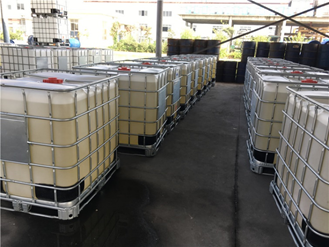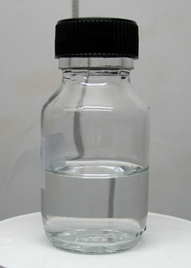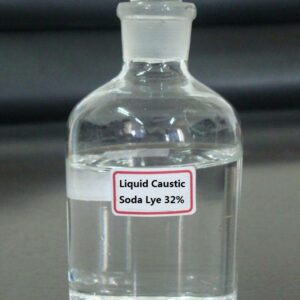Description
🔬 Specifications of Formic Acid 85%
-
Chemical Name: Formic Acid
-
Chemical Formula: CH₂O₂
-
CAS Number: 64-18-6
-
Molecular Weight: 46.03 g/mol
-
Purity: 85%
-
Appearance: Clear, colorless liquid
-
Density: 1.22 g/cm³
-
Boiling Point: 100.8°C (213.4°F)
-
Freezing Point: -8.4°C (16.9°F)
-
Solubility: Completely miscible with water, ethanol, and ether
-
Acidity (pH): Strongly acidic, pH 2–3 in aqueous solutions
-
Storage Conditions: Store in a cool, dry place away from heat, moisture, and incompatible materials
-
Packaging: Available in drums, tanks, or bulk containers
-
Shelf Life: 12–24 months when stored in proper conditions
-
Moisture Content: ≤ 1%
🔧 Applications of Formic Acid 85%
1. Agriculture and Livestock Feed
Formic acid 85% is widely used in the agriculture industry, particularly for preserving silage and animal feed. It helps prevent spoilage, control microbial growth, and enhance the nutritional quality of feed. The compound also acts as an antimicrobial agent, preventing the growth of harmful bacteria and mold in stored feed. In addition, formic acid is often used as a feed acidifier, improving digestion and nutrient absorption in livestock.
2. Chemical Synthesis
Formic acid 85% plays a vital role in the chemical industry, serving as a key reagent in the production of various chemicals such as formate esters, methyl formate, and formamide. These intermediates are essential in the manufacture of plastics, pharmaceuticals, dyes, and solvents. In addition, formic acid is used as a reducing agent in organic reactions, including polymerization and synthetic chemistry processes.
3. Leather Tanning and Textile Industry
Formic acid 85% is widely used in the leather industry as part of the tanning process. It lowers the pH of the tanning solution, ensuring that tanning agents can effectively preserve the leather. It also plays a crucial role in the textile industry, particularly for dyeing and finishing fabrics like wool and silk. Its acidic properties help in fixing dyes and improving the durability and color fastness of the fabric.
4. Food Industry
In the food processing industry, formic acid 85% is used as a preservative and pH regulator in various products. It helps in extending the shelf life of foods by preventing the growth of bacteria and molds. Additionally, it is utilized in the production of pickled products and as a food additive in some processed foods to control acidity levels.
✅ Benefits of Formic Acid 85%
-
✔️ High concentration (85%) makes it ideal for industrial use
-
✔️ Strong antimicrobial properties, useful in preserving feed and silage
-
✔️ Versatile applications in agriculture, textiles, and chemical synthesis
-
✔️ Effective pH regulator in food and beverage production
-
✔️ Improves leather quality by assisting in the tanning process
-
✔️ Environmentally safer compared to other chemical preservatives
⚠️ Safety and Handling
Formic acid 85% is a highly corrosive and strongly acidic compound, and must be handled with care. Direct contact with skin or eyes can result in severe burns and tissue damage. Inhalation of vapors may cause respiratory irritation. Always wear appropriate protective equipment, including gloves, goggles, and respiratory protection when handling this chemical. Formic acid should be stored in tightly sealed containers in a cool, dry place, away from alkalis, oxidizing agents, and heat sources. Additionally, ensure proper ventilation in areas where the compound is used to avoid the build-up of harmful vapors. Refer to the Material Safety Data Sheet (MSDS) for detailed handling instructions.
📌 Conclusion
Formic Acid 85% is a powerful and versatile chemical with significant applications in agriculture, chemical synthesis, textile manufacturing, and food preservation. Its high concentration, antimicrobial properties, and ability to act as a pH regulator make it invaluable across various industries. Whether used in feed preservation, leather tanning, or chemical production, formic acid plays a crucial role in ensuring quality, efficiency, and safety. However, due to its corrosive nature, careful handling and proper safety precautions are essential to ensure safe use in industrial and agricultural environments.







